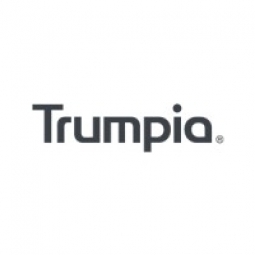Customer Company Size
SME
Region
- America
Country
- United States
Product
- Trumpia
Tech Stack
- SMS Marketing
- QR Code
Implementation Scale
- Enterprise-wide Deployment
Impact Metrics
- Customer Satisfaction
- Revenue Growth
Technology Category
- Application Infrastructure & Middleware - API Integration & Management
Applicable Industries
- Food & Beverage
Applicable Functions
- Sales & Marketing
Use Cases
- Retail Store Automation
Services
- Software Design & Engineering Services
About The Customer
Jamba Juice is a globally recognized juicery and eatery that focuses on providing healthy options to its customers. The Bakersfield franchise of Jamba Juice operates four locations in central California. The franchise is known for its commitment to health and wellness, offering a variety of smoothies, juices, and food items made from fresh, high-quality ingredients. Despite being part of a well-known brand, the Bakersfield franchise operates much like a small to medium-sized business, with a lean marketing budget and a need to target local customers effectively.
The Challenge
Jamba Juice Bakersfield, a franchise of the world-renowned juicery and eatery, was facing a challenge common to many small to medium-sized businesses - targeting local customers and generating traffic. With an increasing number of competitors entering the market, the task was becoming increasingly difficult. The franchise, which operates four locations in central California, had a lean marketing budget and lacked an experienced marketer. They were in search of a quick and effective way to communicate with local residents to improve its in-store traffic.
The Solution
To address their challenge, Jamba Juice Bakersfield turned to Trumpia, a mobile and social media marketing platform. They created a mobile keyword, 'Jamba', which customers could text to 99000 to subscribe to their marketing program. As an incentive, they offered a free 16oz smoothie coupon, which was automatically sent to the subscriber the moment they texted the keyword. This proved to be an effective incentive, as customers could use the coupon on their purchase immediately. For their regular marketing, Jamba Juice sent exclusive offers once or twice a week such as 'Buy One Get One Free' and 20% off. To advertise this program, Jamba Juice placed large signs near the point-of-purchase at each participating store. They also promoted the mobile program across their Facebook Fan Page and Twitter to increase awareness and tap into their customers’ networks when followers shared the content of the promotion.
Operational Impact
Quantitative Benefit

Case Study missing?
Start adding your own!
Register with your work email and create a new case study profile for your business.
Related Case Studies.

Case Study
The Kellogg Company
Kellogg keeps a close eye on its trade spend, analyzing large volumes of data and running complex simulations to predict which promotional activities will be the most effective. Kellogg needed to decrease the trade spend but its traditional relational database on premises could not keep up with the pace of demand.
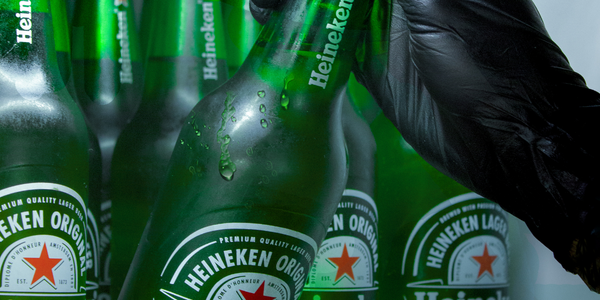
Case Study
HEINEKEN Uses the Cloud to Reach 10.5 Million Consumers
For 2012 campaign, the Bond promotion, it planned to launch the campaign at the same time everywhere on the planet. That created unprecedented challenges for HEINEKEN—nowhere more so than in its technology operation. The primary digital content for the campaign was a 100-megabyte movie that had to play flawlessly for millions of viewers worldwide. After all, Bond never fails. No one was going to tolerate a technology failure that might bruise his brand.Previously, HEINEKEN had supported digital media at its outsourced datacenter. But that datacenter lacked the computing resources HEINEKEN needed, and building them—especially to support peak traffic that would total millions of simultaneous hits—would have been both time-consuming and expensive. Nor would it have provided the geographic reach that HEINEKEN needed to minimize latency worldwide.
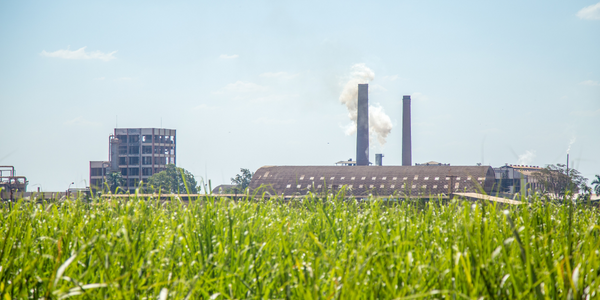
Case Study
Energy Management System at Sugar Industry
The company wanted to use the information from the system to claim under the renewable energy certificate scheme. The benefit to the company under the renewable energy certificates is Rs 75 million a year. To enable the above, an end-to-end solution for load monitoring, consumption monitoring, online data monitoring, automatic meter data acquisition which can be exported to SAP and other applications is required.
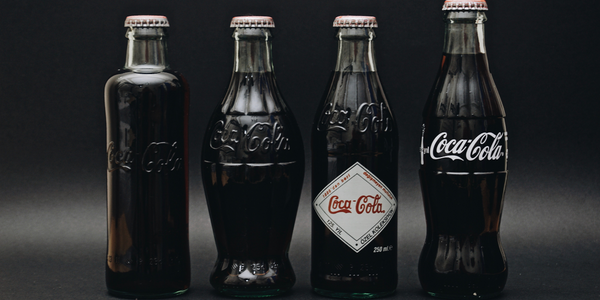
Case Study
Coca Cola Swaziland Conco Case Study
Coco Cola Swaziland, South Africa would like to find a solution that would enable the following results: - Reduce energy consumption by 20% in one year. - Formulate a series of strategic initiatives that would enlist the commitment of corporate management and create employee awareness while helping meet departmental targets and investing in tools that assist with energy management. - Formulate a series of tactical initiatives that would optimize energy usage on the shop floor. These would include charging forklifts and running cold rooms only during off-peak periods, running the dust extractors only during working hours and basing lights and air-conditioning on someone’s presence. - Increase visibility into the factory and other processes. - Enable limited, non-intrusive control functions for certain processes.
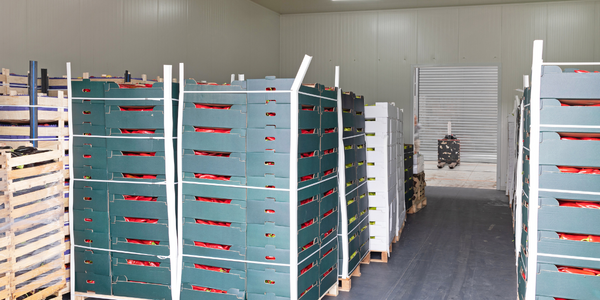
Case Study
Temperature Monitoring for Restaurant Food Storage
When it came to implementing a solution, Mr. Nesbitt had an idea of what functionality that he wanted. Although not mandated by Health Canada, Mr. Nesbitt wanted to ensure quality control issues met the highest possible standards as part of his commitment to top-of-class food services. This wish list included an easy-to use temperature-monitoring system that could provide a visible display of the temperatures of all of his refrigerators and freezers, including historical information so that he could review the performance of his equipment. It also had to provide alert notification (but email alerts and SMS text message alerts) to alert key staff in the event that a cooling system was exceeding pre-set warning limits.
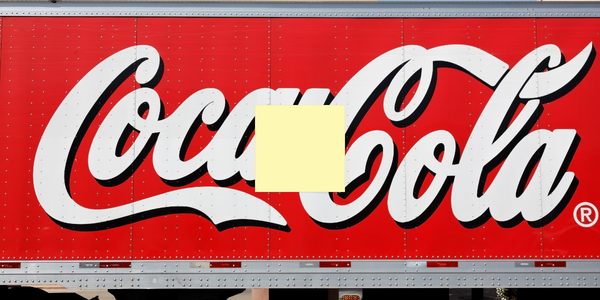
Case Study
Coca-Cola Refreshments, U.S.
Coca-Cola Refreshments owns and manages Coca-Cola branded refrigerators in retail establishments. Legacy systems were used to locate equipment information by logging onto multiple servers which took up to 8 hours to update information on 30-40 units. The company had no overall visibility into equipment status or maintenance history.




